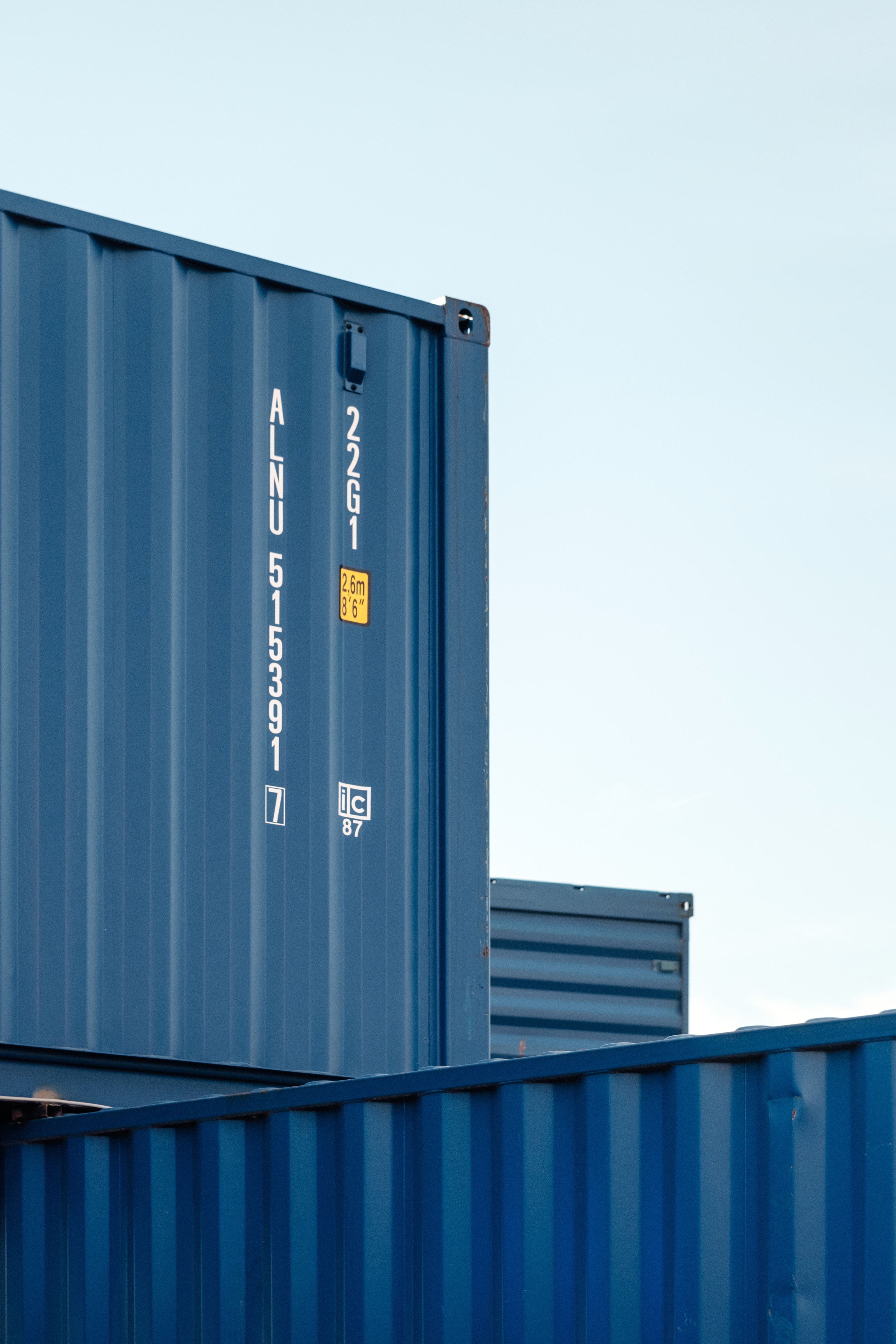The current driver shortage is not breaking news by any means. The trucking industry warned shippers that trends and conditions could lead to a shortage years ago. Many thought it was a strategy to give carriers more control in negotiations. Then the reality of the driver shortage presented itself in full force two years ago, and shippers were unprepared. Now shippers are making motions to help solve the shortage and rightsize supply chains.
The ELD Mandate Was a Loud Wake-Up Call
The ELD mandate of 2017 and regulated hours of service sent a shock through the trucking and shopping industries alike. Shippers became very aware of how frequently drivers pushed themselves to deliver shipments on or ahead of schedule. With hours being regulated, shippers had to realize the truck industry was facing a shortage, but continued clamoring for availability and capacity further exacerbated the situation. Threats of tariffs made shippers accelerate their schedules to get goods to destination well ahead of possible increased costs, which further pushed drivers to their limits. Ironically, the demands from shippers gave carriers more leverage at the negotiating table. Still, shippers need to employ practices that are more driver-friendly in order to help reduce high turnover rates and encourage new truckers to come into the industry.
A More Symbiotic Relationship between Shippers and Carriers
The first place shippers can start working with carriers starts at the loading docks. Pre-loading shipments can greatly reduce the time a driver is stopped, and increases efficiency on the road. One of the major pain points among drivers in the trucking industry is that between downtime at loading docks and limited hours of service monitored by ELDs, the pressure to get shipments to their destinations has skyrocketed, and is one of the big reasons for the high turnover rates that make the driver shortage a growing problem. In the end, it is past time for shippers to think of themselves as separate entities from the trucking industry, and start working hand-in-hand with carriers to create a more symbiotic relationship. This will help to reduce stress on both sides and improve productivity at every step of the supply chain.







